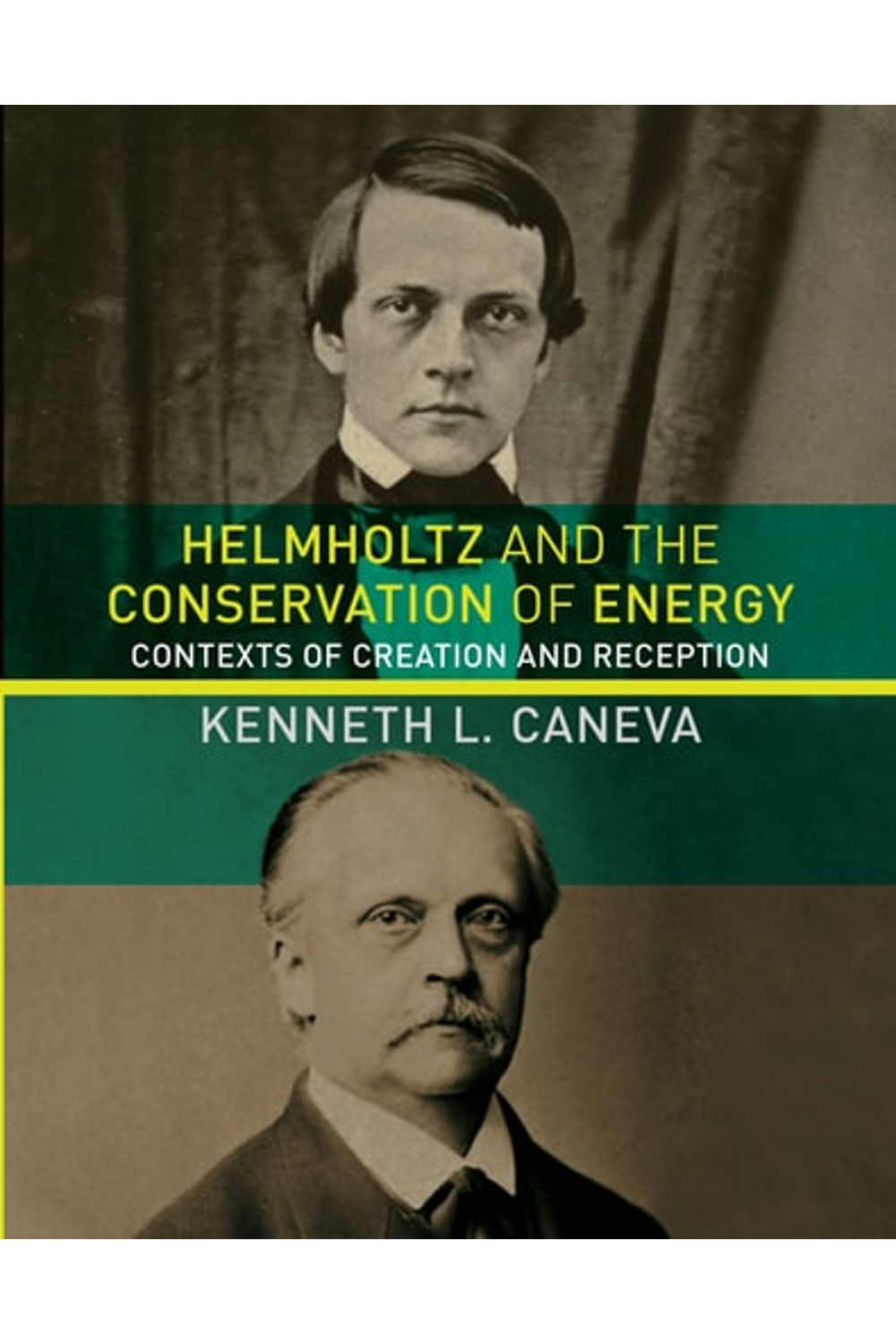Explore the genesis of energy conservation with Kenneth L. Caneva’s “Helmholtz and the Conservation of Energy,” a deep dive into the intellectual and historical context surrounding Hermann Helmholtz’s groundbreaking work. Published by MIT Press, this hardcover edition meticulously examines how Helmholtz synthesized diverse scientific and philosophical ideas to formulate his revolutionary principle, forever changing 19th-century physics. Caneva reveals the influences of vitalism debates, physiology, and the contributions of contemporaries like Robert Mayer, highlighting the complex path to establishing energy conservation as a cornerstone of scientific thought. Go beyond a simple biography and uncover the nuances of Helmholtz’s intellectual journey, the challenges he faced, and his enduring legacy. A must-read for historians of science and physics enthusiasts seeking a nuanced understanding of this pivotal moment in scientific history. The book has ISBN-13: 9780262045735
Helmholtz and the Conservation of Energy: Contexts of Creation and Reception (Transformations: Studies in the History of Science and Technology)
33,57 $
In stock
An examination of the sources Helmholtz drew upon for his formulation of the conservation of energy and the impact of his work on nineteenth-century physics.
In 1847, Herman Helmholtz, arguably the most important German physicist of the nineteenth century, published his formulation of what became known as the conservation of energy–unarguably the most important single development in physics of that century, transforming what had been a conglomeration of separate topics into a coherent field unified by the concept of energy. In Helmholtz and the Conservation of Energy, Kenneth Caneva offers a detailed account of Helmholtz’s work on the subject, the sources that he drew upon, the varying responses to his work from scientists of the era, and the impact on physics as a discipline.
Caneva describes the set of abiding concerns that prompted Helmholtz’s work, including his rejection of the idea of a work-performing vital force, and investigates Helmholtz’s relationship to both an older generation of physicists and an emerging community of reformist physiologists. He analyzes Helmholtz’s indebtedness to Johannes Mller and Justus Liebig and discusses Helmholtz’s tense and ambivalent relationship to the work of Robert Mayer, who had earlier proposed the uncreatability, indestructibility, and transformability of “force.” Caneva examines Helmholtz’s continued engagement with the subject, his role in the acceptance of the conservation of energy as the central principle of physics, and the eventual incorporation of the principle in textbooks as established science.
| Authors | |
|---|---|
| Binding | |
| Condition | |
| ISBN-10 | 0262045737 |
| ISBN-13 | 9780262045735 |
| Language | |
| Pages | 760 |
| Publisher | |
| Year published | |
| Weight | 1202 |
Related products
-
Power Up
22,74 $
- Additional information
- Currencies
- USD – United States dollar
- EUR – Euro
- GBP – Pound sterling
- CNY – Chinese yuan
- BRL – Brazilian real
- MXN – Mexican peso
- JPY – Japanese yen
- PHP – Philippine peso
- THB – Thai baht
- PLN – Polish złoty
- CAD – Canadian dollar
- MYR – Malaysian ringgit
- AUD – Australian dollar
- TWD – New Taiwan dollar
- CZK – Czech koruna
- SEK – Swedish krona
- HUF – Hungarian forint
- ILS – Israeli new shekel
- CHF – Swiss franc
- HKD – Hong Kong dollar
- DKK – Danish krone
- SGD – Singapore dollar
- NOK – Norwegian krone
- NZD – New Zealand dollar





